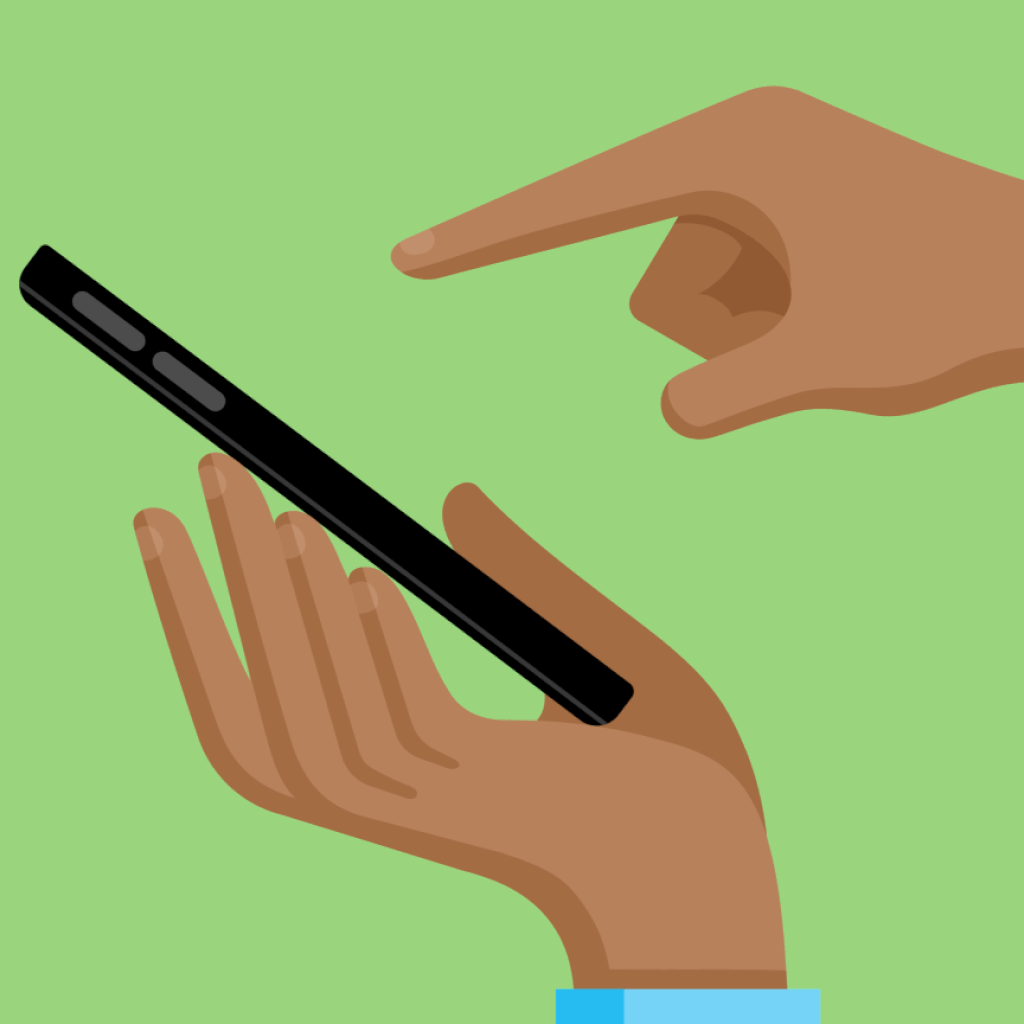Facebook has Filed a Patent To Calculate Your Future Location
Facebook has filed several patent applications with the U.S. Patent and Trademark Office for technology that uses your location data to predict where you’re going and when you’re going to be offline.
A May 30, 2017, Facebook application titled “Offline Trajectories” describes a method to predict where you’ll go next based on your location data. The technology described in the patent would calculate a “transition probability based at least in part on previously logged location data associated with a plurality of users who were at the current location.” In other words, the technology could also use the data of other people you know, as well as that of strangers, to make predictions. If the company could predict when you are about to be in an offline area, Facebook content “may be prefetched so that the user may have access to content during the period where there is a lack of connectivity.”
Another Facebook patent application titled “Location Prediction Using Wireless Signals on Online Social Networks” describes how tracking the strength of Wi-Fi, Bluetooth, cellular, and near-field communication (NFC) signals could be used to estimate your current location, in order to anticipate where you will go next. This “background signal” information is used as an alternative to GPS because, as the patent describes, it may provide “the advantage of more accurately or precisely determining a geographic location of a user.” The technology could learn the category of your current location (e.g., bar or gym), the time of your visit to the location, the hours that entity is open, and the popular hours of the entity.
Yet another Facebook patent application, “Predicting Locations and Movements of Users Based on Historical Locations for Users of an Online System,” further details how location data from multiple people would be used to glean location and movement trends and to model location chains. According to the patent application, these could be used for a “variety of applications,” including “advertising to users based on locations and for providing insights into the movements of users.” The technology could even differentiate movement trends among people who live in a city and who are just visiting a city.





